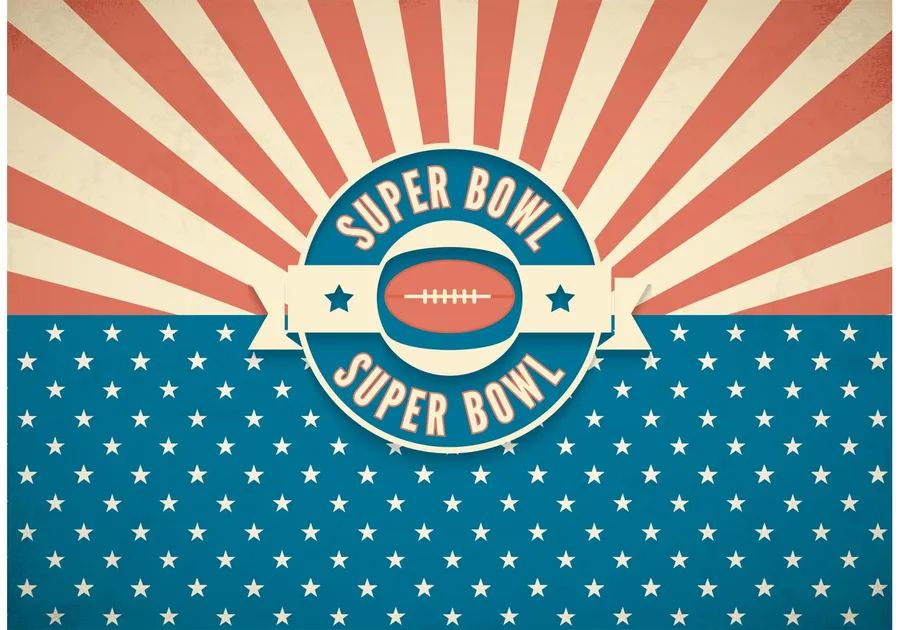The Economic Dynamics of Football
Football’s financial landscape drives club operations, influences player transfers, and funds stadium upgrades. Exploring how capital flows shape the game reveals a complex economic ecosystem.
Overview of Football Economics
Football economics encompass multiple revenue streams such as:
- sponsorships
- TV rights
- merchandise sales
- matchday revenues
According to Deloitte’s Annual Review of Football Finance, the European football market generated €28.9 billion in 2019-20. These revenues enable clubs to compete in the transfer market, attract top talent, and invest in infrastructure.
Clubs with higher revenues, like Manchester United and Real Madrid, often dominate competitions due to their purchasing power. Lower-revenue clubs, like many in lower leagues, face financial constraints and rely on youth development to remain competitive.
The Role of Money in Football
Money transforms clubs, leagues, and the game itself. Large financial inflows from sponsorship deals enhance club branding and global reach.
Adidas and Nike, for example, sponsor top clubs and players, fueling market competition and brand recognition.
TV rights provide substantial income, with deals like the English Premier League’s domestic and international broadcasting rights reaching over £5 billion for the 2019-2022 cycle.
This influx ensures financial stability and allows clubs to enhance player wages, resulting in attracting world-class talent. Furthermore, money fosters grassroots development.
Funding from these sources supports youth academies and community programs, nurturing future stars and promoting sport accessibility.
Football’s economic dynamics intertwine revenue generation and expenditure strategies, emphasizing the fundamental role capital plays in driving the sport.
Sponsorships in Football

Sponsorships play a crucial role in the financial structure of football clubs and tournaments. Major deals with corporations significantly boost revenue, enhancing a club’s competitive edge.
Types of Sponsorship Deals
Different sponsorship deals offer diverse revenue opportunities:
- Shirt Sponsorships: Brands like Emirates, Chevrolet, and Fly Emirates pay top clubs millions annually for jersey space.
- Stadium Naming Rights: Companies like Allianz and Etihad secure naming rights, providing steady income streams across long-term deals.
- Equipment Sponsorships: Brands such as Nike, Adidas, and Puma supply teams with kits and gear, often in deals worth hundreds of millions.
- Official Partnerships: Clubs partner with financial institutions, beverage companies, and tech firms, offering exclusive content and marketing rights.
- Financial Stability: Consistent revenue from major sponsorships helps clubs balance budgets, fund player acquisitions, and manage operational costs.
- Brand Visibility: Sponsorships with global brands elevate a club’s market presence, attracting international fans and potential investors.
- Infrastructure Investments: Funds from sponsorship deals often finance stadium upgrades, training facilities, and youth academies, fostering long-term development.
- Event Quality: High-profile sponsors enhance tournament prestige, leading to higher media coverage, better attendance, and premium broadcasting deals.
Television Rights and Their Effects
Television rights significantly impact football economics. These rights generate substantial revenue, influencing clubs’ financial health and the sport’s global reach.
How TV Rights Work in Football
Broadcasters acquire TV rights through auctions and negotiations. Leagues sell rights to domestic and international broadcasters for specific time frames.
These deals grant exclusive rights to air live matches, highlights, and other content. The value of TV rights depends on factors like league popularity, team performance, and viewer demographics.
Revenue and Distribution of TV Rights
TV rights revenue supports clubs and leagues. Broadcasters pay billions to secure these rights, directly contributing to clubs’ incomes. For example, the English Premier League (EPL) secured a $12 billion deal for 2022-2025.
Revenue distribution follows agreed models, usually dividing income among participating clubs based on league positions and performance.
Case Studies: Sponsorships and TV Deals
Sponsorships and TV rights have set milestone after milestone in football economics, drawing examples from some of the most successful deals and contracts in sports history. Let’s dive into notable sponsorship success stories and major TV contracts in football.
Notable Sponsorship Success Stories
Manchester United’s Chevrolet Deal: Manchester United secured an impressive $559 million deal with Chevrolet in 2014. This seven-year contract positioned the club at the forefront of shirt sponsorships, elevating its financial standing.
Real Madrid and Emirates: Real Madrid has an ongoing partnership with Emirates, dating back to 2013. This widespread airline sponsorship worth approximately $70 million per year showcases global branding power and financial impact.
Barcelona and Rakuten: Barcelona’s four-year agreement with Rakuten, a Japanese e-commerce company, starting in 2017 valued around $246 million, brought significant revenue, further strengthening the club’s financial portfolio.
Major TV Contracts in Football
English Premier League: The English Premier League’s 2022-2025 TV rights deal exemplifies financial magnitude. This $12 billion contract highlights the league’s global popularity and substantial media coverage, supporting clubs’ financial health.
La Liga: La Liga’s pivotal 2019 deal with Mediapro and beIN Sports totaled $4.48 billion over four years. This arrangement reflects increasing international viewership and competitive bidding for broadcasting rights.
Bundesliga: The Bundesliga’s domestic TV contract with Sky and DAZN for the 2021-2025 seasons amounted to $5.1 billion. This deal ensures comprehensive coverage and consistent revenue distribution among the German league’s clubs.
These case studies illustrate the critical role of sponsorships and TV deals in shaping the financial landscape of football.


